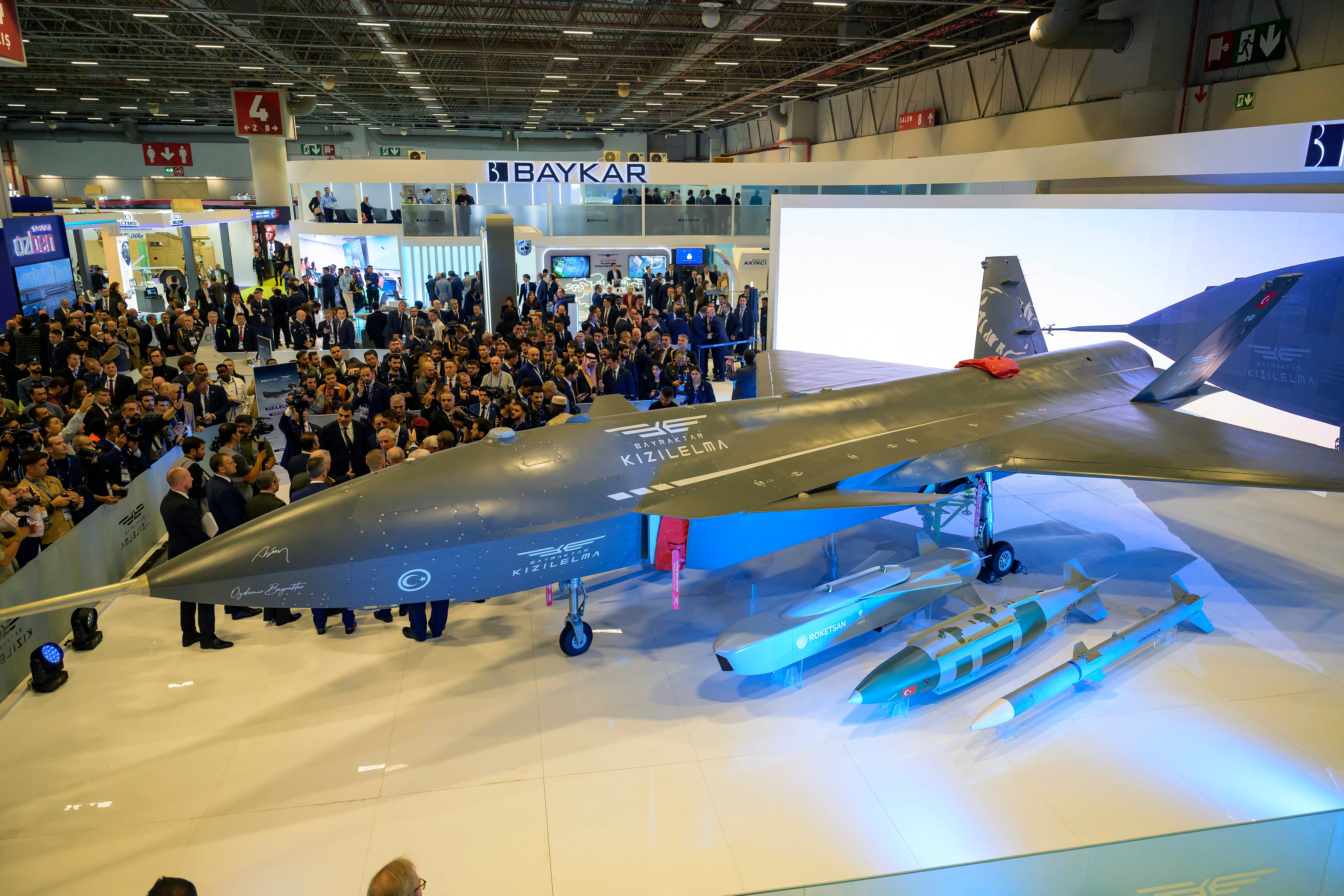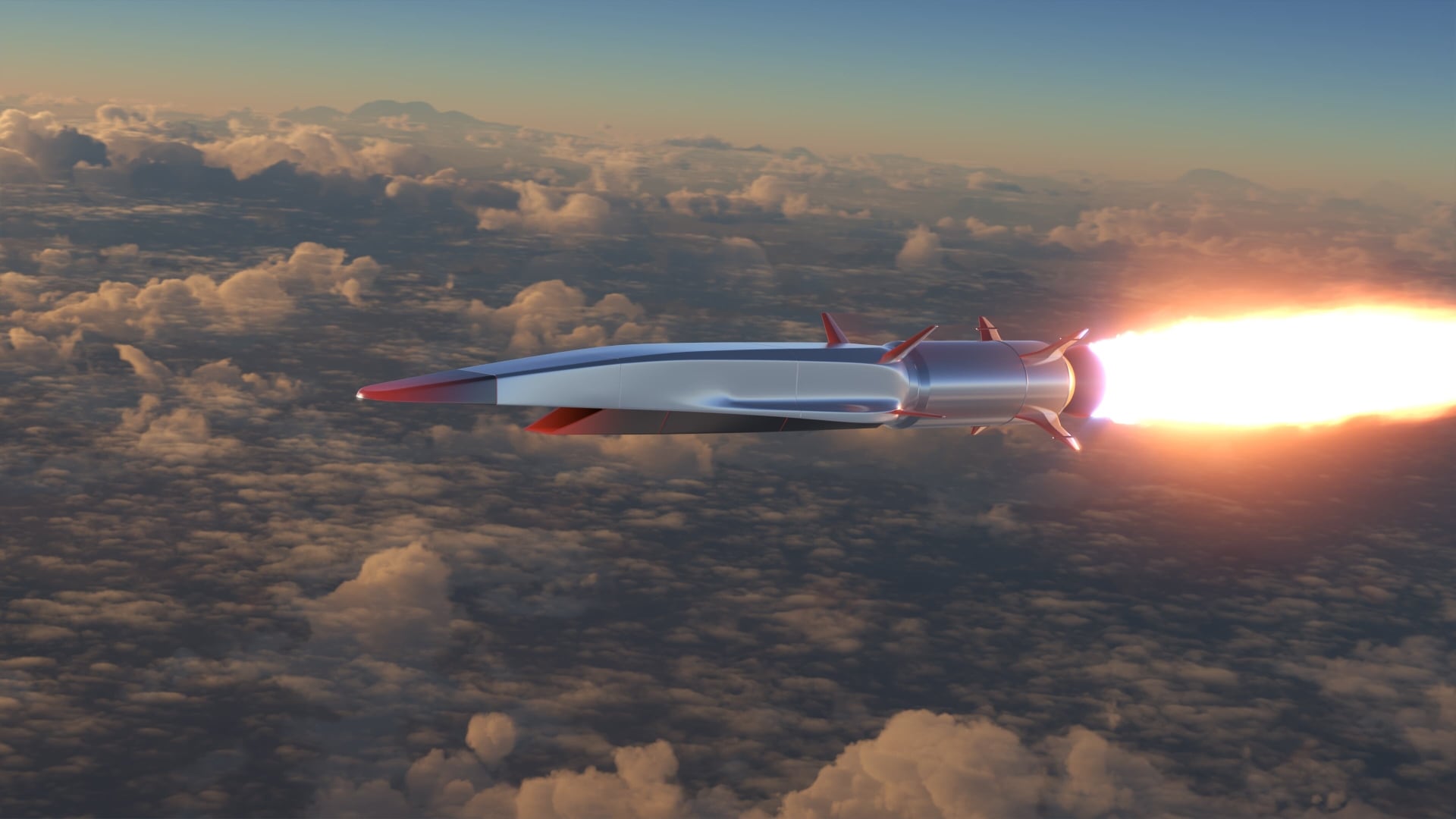The U.S. anti-Islamic State group coalition has been providing electronic warfare anti-unmanned aerial systems capabilities to partners in theater to aid their operations against the militant group.
Col. John Dorrian, coalition spokesman, briefing reporters via teleconference April 26, said they have been able to provide some capabilities to partners on the battlefield to disrupt ISIS UAS, which are used for intelligence, surveillance and reconnaissance assets against friendly forces and to drop ordinance, albeit indiscriminately.
Dorrian noted specifically that the capabilities being shared are electronic warfare capabilities.
"So we've got these electronic warfare capabilities," Dorrian said. "We can't go into a tremendous amount of detail about exactly how that's going to work, but we can move capabilities where they need to be in order to stop the enemy from being more effective," he said, according to a Pentagon transcript. "And then, of course, the enemy, you know, is — is really limited in their technical expertise."
Combined Joint Task Force – Operation Inherent Resolve declined to elaborate further regarding these capabilities, programs or which coalition partners and their participants conduct these operations.
"[W]e will not discuss the specifics of these programs or identify which coalition partners and their participants conduct these operations," an OIR spokesperson said to C4ISRNET in an emailed message. "This information would give our adversaries the data they need to make tactical adjustments to their procedures. The Coalition remains responsive to this emerging threat through both active and passive measures, and we continue to improve force protection measures for all our Coalition personnel and Iraqi and Syrian partner forces."
"Throughout our tenure here, this has been an issue that leadership has paid attention to. And certainly, we've gotten a significant amount of help from Washington and Tampa to get capabilities into theater to address this threat," Dorrian told reporters, referring to the headquarters of Central Command in Tampa, Florida.
It is unclear if the coalition is providing commercial off the shelf technologies such as anti-drone guns or if U.S. advising forces, sometimes very close to the front lines, are conducting the operations themselves for coalition forces.
"In western Mosul [Iraq], for example, ISIS rotary-wing drones are currently detected once/twice a day on average," OIR said. "This is down from the 10-15 per day earlier in the year. The Coalition is unable to quantify how many ISIS drones our counter-measures have brought down or prevented from flying. However, over the period 6-21 April 2017, no ISIS weaponized drone strikes were conducted across Iraq or Syria."
"There is a departmentwide effort underway, which if you go back to the days of the stand up of [Joint Improvised-Threat Defeat Organization] … and the department just went at the [counter-IED] with everything we had. This is that but in a different environment," Lt. Gen. Jack Shanahan, director for defense intelligence (warfighter support) within the Office of the Under Secretary of Defense for Intelligence, saidlast month, adding that Lt. Gen. Stephen Townsend, the commander of Operation Inherent Resolve, described counter-UAS as his No. 1 force protection priority.
The military has taken on several initiativesto counter this threat, which include a combination of kinetic and non-kinetic effects. Regarding the latter, cyber and EW capabilities have been employed by forces both at home station and even in theater to defeat small enemy UAS.
One such tactic involves going after operators of UAS as opposed to just defeating the device itself. By disrupting the communications link of the system, the UAS will return "home" and hover over the person controlling it, EW can then hone in on the signal and find the person as well to be neutralized.
The Army is now taking a defensive approachto their own small UAS operations as a means of surveilling the surrounding airspace to prevent their devices from being jammed and understanding what’s out there prior to launch.
Dorrian also reiterated that the UAS capabilities of ISIS are not strategic capabilities.
"W
hat we've seen in Mosul is that the enemy is using commercial, off-the-shelf drones, mainly, but also improvised drones to surveil the areas where the Iraqi security forces are advancing, and they also use them to drop, mainly, grenade-size munitions on the enemy, and on civilian areas," he said. "They're really very indiscriminate about where they're dropping. These are not really strategic capabilities. They're not game changers. It's not going to stop what's happening on the battlefield, which is them losing, being pushed out of areas, and getting killed. But it does present a tremendous amount of danger to people on the ground when we see these."
Dorrian added: "The enemy has used them, sometimes where multiple drones have been used at one time. Of course, that is a capability that, you know, certainly will get attention and require the Iraqi security forces to take measures to put a stop to that."
The Army, in an apparent acknowledgment to this growing problem, this month released a training document aimed at
planning considerations for defending against UAS threats during operations as well as how to plan for and incorporate c-UAS tasks into unit training for forces at the brigade level and below.
"Small units operating in and around combat areas should assume they are being observed by the enemy and not assume they are under the umbrella (protection) of air and missile defense units," the Army’s techniques publication said. "If a unit is deployed tactically in the field and encounters UAS threats of any category it must be assumed that the intentions of the UAS are hostile, regardless of its actions."
Elaborating on what Dorrian told reporters, OIR told C4ISRNET that Iraqi forces have been able to "turn the tables" on ISIS with its own drone technology. "In western Mosul, the [Iraqi Security Force] is using rotary-wing drones to search for ISIS snipers on rooftops and, when identified, often using a weaponized drone to target the sniper," OIR said. "In western Mosul, Iraqi Security Forces are protecting their forces by using weaponized rotary-wing drones to help identify and destroy stationary vehicle-borne improvised explosive devices."
Mark Pomerleau is a reporter for C4ISRNET, covering information warfare and cyberspace.








